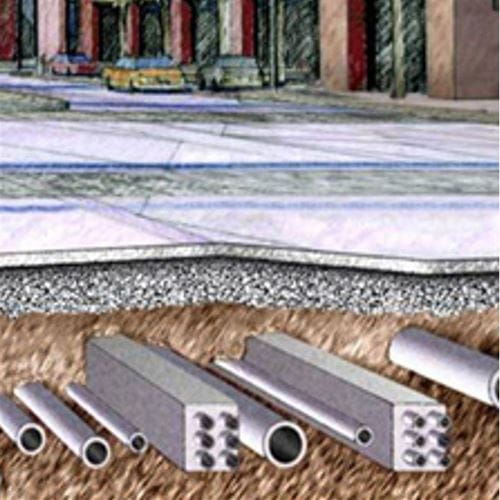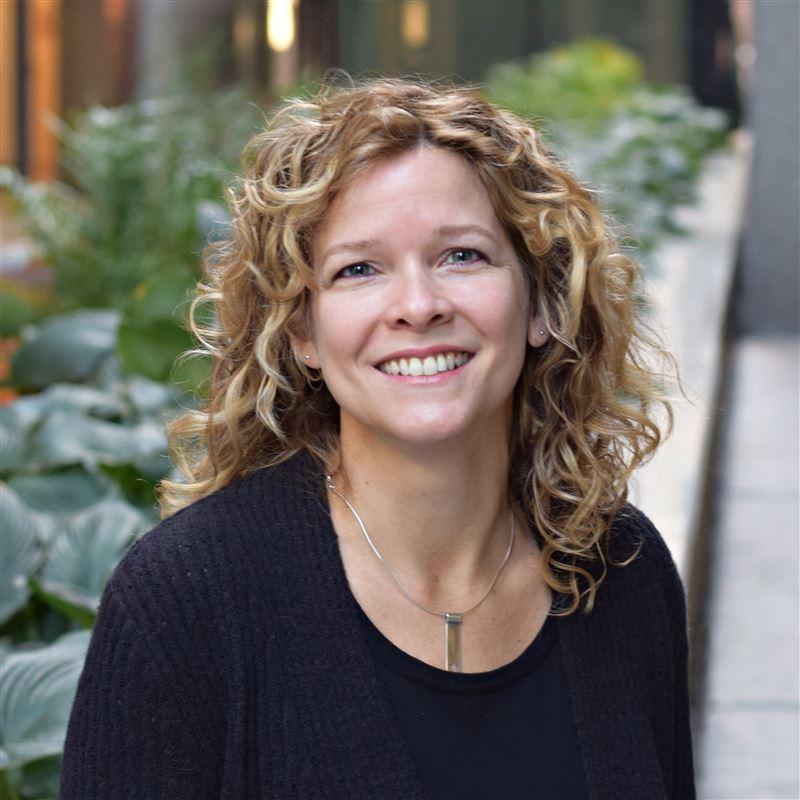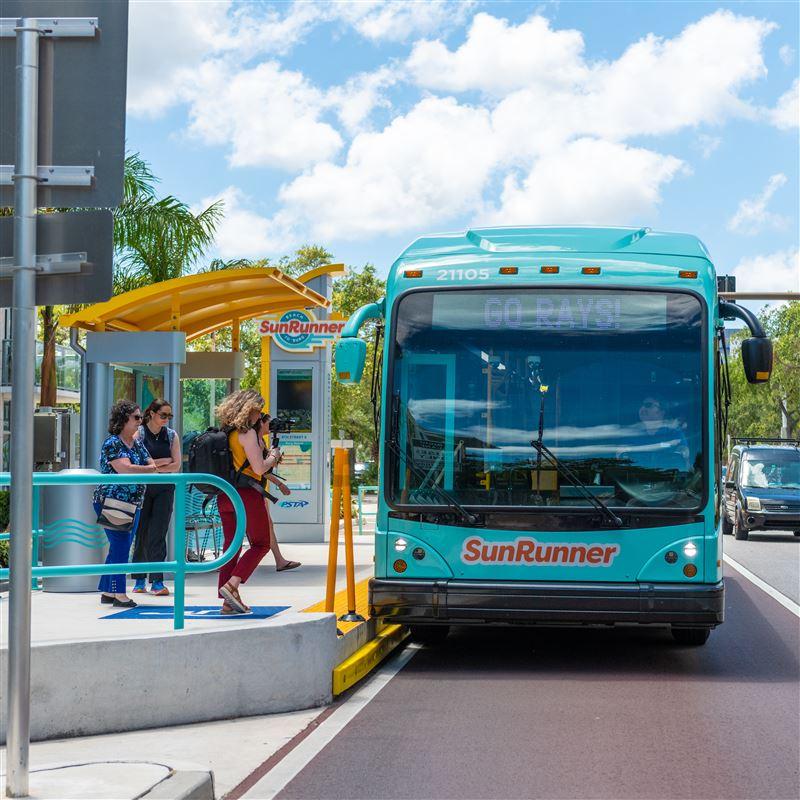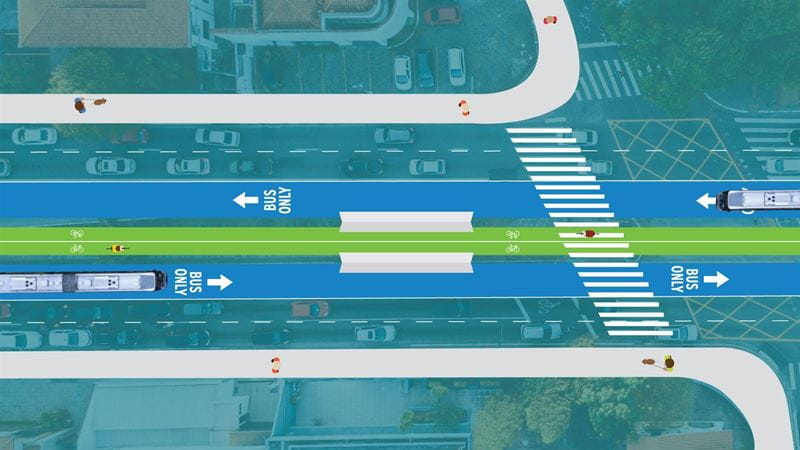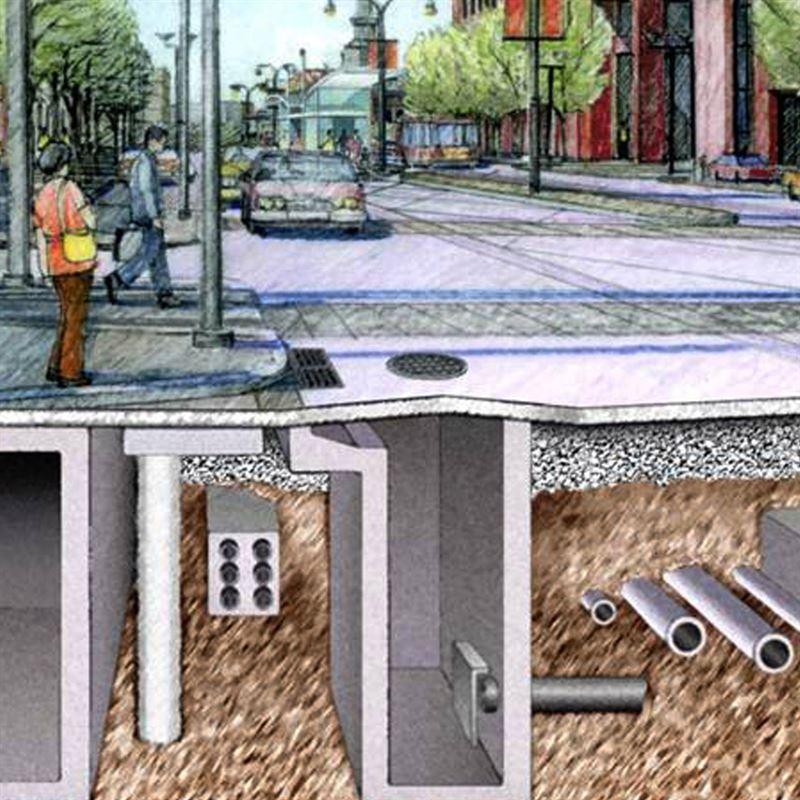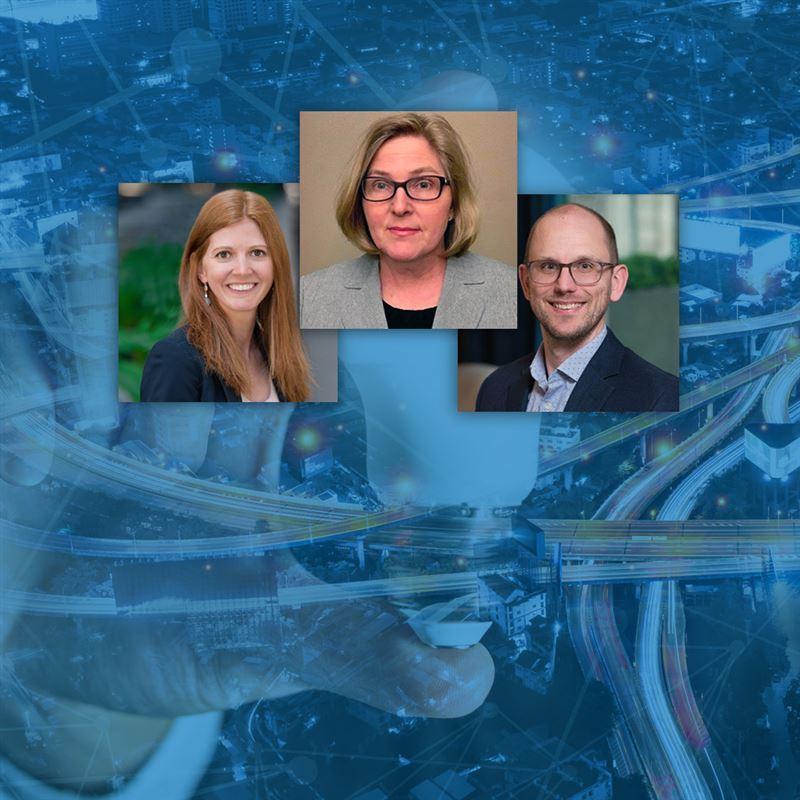Safer Corridors, Superior Communities: A Safety Spotlight
The complete corridors philosophy marks a monumental shift in how we implement more effective and longer-lasting corridor-based solutions that solve cities’ age-old infrastructure challenges in cost, capacity, equity and climate resilience. And while all of these improvements are providing a welcome change to the way we’ve solved for mobility issues in the past, as our complete corridors discipline leads have discussed, perhaps the most impactful advancement has been the prioritization of safety.
Like the earlier concept of complete streets, complete corridors aim to reduce the risk of crashes by allocating space more efficiently and limiting the number and type of interactions between users of different modes. Studies have shown that this re-allocation leads to a reduction of vehicle speed, thus increasing the safety of all road users. The complete corridors concept recognizes that road users will sometimes make mistakes, but with proactive coordination among all utilities and departments operating within a right of way (ROW), steps can be taken to ensure those inevitable mistakes do not result in severe injuries or fatalities.
“Within the last decade, we’ve seen a huge shift in public demand for more mobility options and safer access for people of all ages and abilities,” says Jenny Humphreys, CDM Smith’s complete corridors leader and senior transportation planner. “As transportation professionals, we have a responsibility to serve all members of the communities in which we live and work. That means doing our part to build safer roadway systems that minimize conflict points between vehicles, pedestrians and cyclists,” she says.
Humphreys explains that utilizing a complete corridors approach can serve as the key to achieving a community’s safety goals because by nature, the concept is about bringing together many different disciplines to achieve a project’s specific goals. “Safety is a common thread among all of our transportation planning and design projects nationwide,” she says, “and through integrated planning, we’re able to weave safer solutions into every aspect of project delivery.”
Safety Improvements in Action: Alameda, CA
The city of Alameda, California is a growing, low-lying island community of 76,000 residents located in the San Francisco Bay between Oakland and San Francisco. Faced with a wide variety of physical, land use, and transportation-related challenges, the city embarked on a $16 million safety improvement plan to improve mobility options for Alamedans traveling in cars, on bikes, using transit and walking along the high-traffic areas of Central Avenue and Clement Avenue.
“The project is part of a citywide strategy to create a safer, more integrated network of complete corridors, reduce the number of drive-alone auto trips and vehicle miles of travel, and encourage the use of transit and non-motorized travel,” says CDM Smith senior project manager Stefan Schuster, PE, PMP.
At its start, the project area had several problem zones: a lack of access to sidewalks, high collision rates among motorists, pedestrians and bicyclists, and speeding conditions that made travel on bike and on foot dangerous especially given the 4,500 students attending Central Avenue-adjacent schools as well as nearby parks and senior care facilities in the area. “We focused primarily on multimodal safety and accessibility improvements for all users by incorporating traffic calming measures—road diets, lane reductions, dedicated lanes for buses and bikes, and roundabouts—as well as high-visibility intersection and curb ramp upgrades that enhance traffic operations and comply with ADA requirements,” he says.
Safety Upgrades in Alameda, california

Our Alameda project provided an amazing opportunity to implement the most current best-practices in terms of urban mobility, pedestrian and bicycle infrastructure, and stakeholder outreach.
To accomplish the project’s lofty safety goals, Schuster says outreach was critical. “The city understood the need to combat public apprehension to certain project elements like parking losses and congestion caused by the proposed road diets. They were committed to garnering public support from the beginning, and conducted over 10 years of public workshops, stakeholder coordination and focus groups to make sure everyone in the community was on the same page,” he says. The team even utilized innovative tools like virtual open houses via the Gather platform to keep the community informed when in-person meetings were halted during the COVID-19 pandemic.
“Our Alameda project provided an amazing opportunity to implement the most current best-practices in terms of urban mobility, pedestrian and bicycle infrastructure, and stakeholder outreach. The city is a model example of successful improvements to become a more safe, efficient multimodal community,” says Schuster.
As transportation professionals, we have a responsibility to serve all members of the communities in which we live and work. That means building safer roadway systems that minimize conflict points between vehicles, pedestrians and cyclists
A full transition to a complete corridors design model requires leadership, elimination of barriers, and development of new policies, rules, and procedures to prioritize safety. Roadway design will need to continue evolving to accommodate the range of future mobility needs, but proactive and holistic corridor planning can be a great starting point. Join our subscriber list to stay up to date with all the latest on how CDM Smith's complete corridors experts are leading this change.
